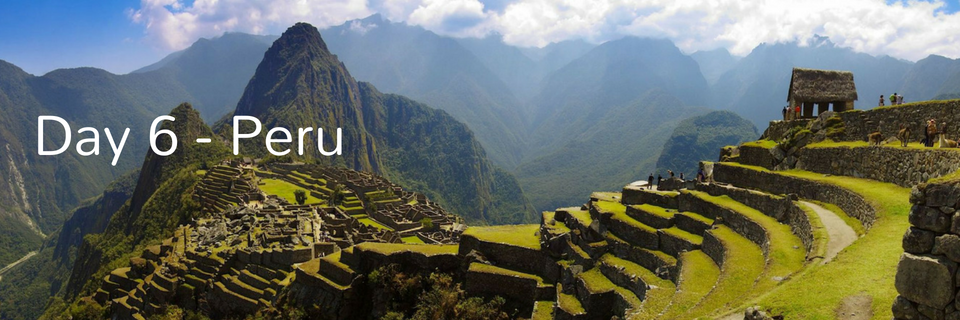World Cup 2018 – Drug Facts – Day 6 Peru
It’s normally Colombia that comes to mind when you think of cocaine production, however, did you know that Peru is not far behind in the amount of area devoted to coca for legal and illegal drug manufacturing such as cocaine? In 2008 around half the world’s cocaineoriginated from either Peru or Bolivia.
According to a report published by CEDRO, a drug-monitoring non-profit organization, domestic consumption of cocaine has increased by more than 60% in just three years — from a rate of 1.5 percent of the population aged 12 to 65 in 2010 to 2.4 percent in 2013. Over the same period, use of cocaine increased from 2.1% to 2.9% and marijuana use rose from 5.6% to 7.5%.
Peru has been a cocaine and coca exporter since the 19th century, when much of its product was exported legally to the United States. The US government outlawed the drug in the early 20th century, and pressured Peru into doing so in 1948. This sparked the growth of the illegal drug business, which over the following decades would be centred in the Huallaga Valley, in the north of the country.
Peru’s major cities have a high count of drug users, with cocaine use in the capital of Lima at 5.1% and marijuana use at 9.7% in Cuzco, which is closely followed by Lima at 8.9%. The rise of drug use in Peru is a growing trend and according to the CEDRO report, Peru only needs about 6,700 hectares to meet the legal domestic demand for coca leaves. The United Nations Office on Drugs and Crime (UNODC) estimates the country has more than 60,000 hectares of coca under cultivation, suggesting that up to 90% of coca produced in the country goes toward illicit drug production.
However, these latest statistics suggest that Peru is following the example of Colombia; another major producing nation that has seen the rise of drug use in its own domestic market. This offers powerful new challenges to the Peruvian government in its anti-drug efforts, challenges that Colombia has so far been unable to meet.
As the primary manufacturer of Biochip Array Technology, our cutting-edge multiplex testing capabilities offer rapid and accurate drug screening. Utilising our revolutionary Biochip Array Technology, the Evidence MultiSTAT is a fully automated analyser that enables on-site simultaneous detection of up to 21 classical, prescription and synthetic drugs from a single sample, including cocaine metabolite (BZG) and other common drugs of abuse. With up to 132 tests per hour and results reported in under 20 minutes, the Evidence MultiSTAT has changed the landscape of drug detection forever.
For more information about the Evidence MultiSTAT and our unrivalled drugs of abuse test menu, email mailto:info@randoxtoxicology.com or visit www.randoxtoxicology.com
